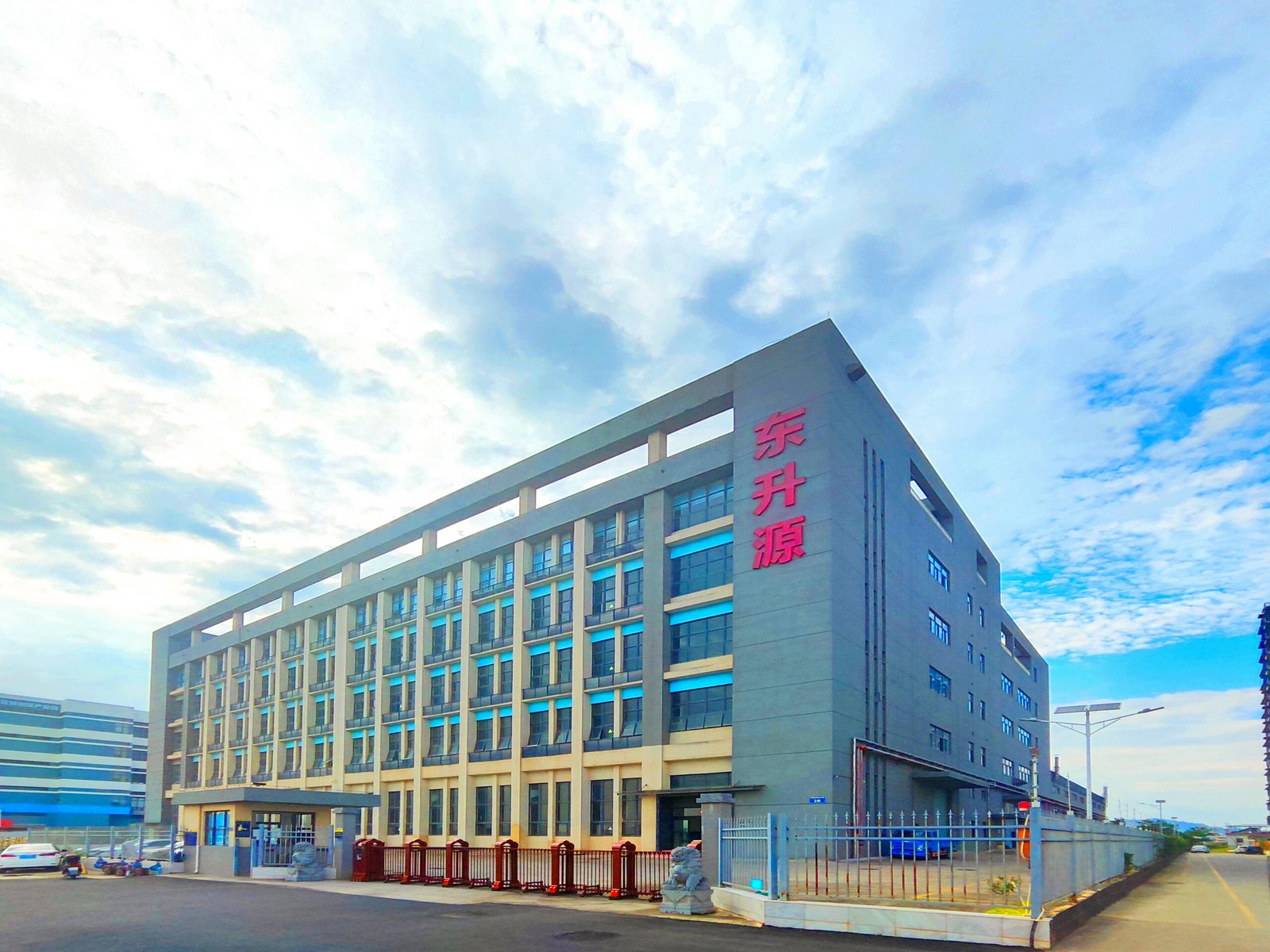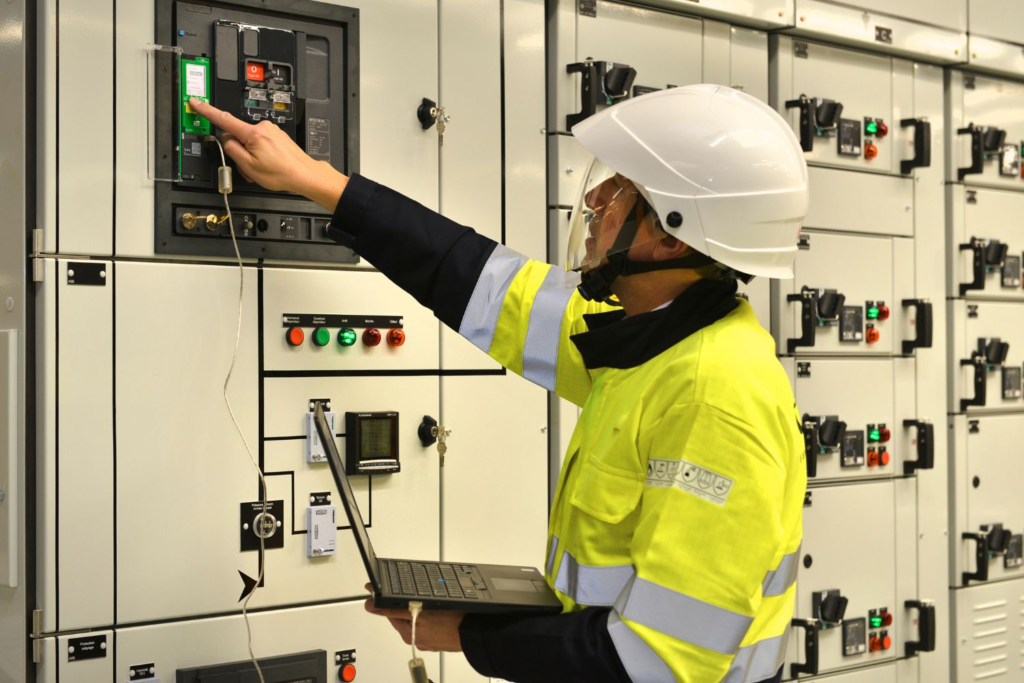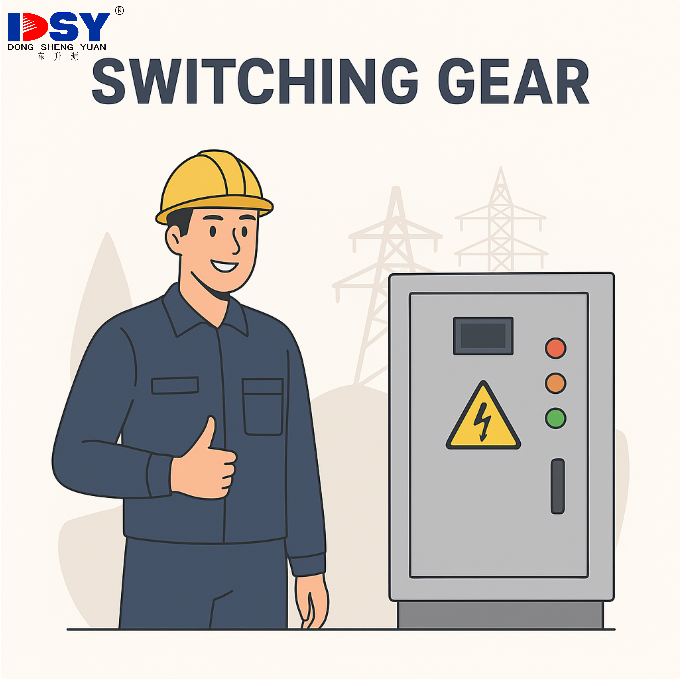High Voltage Switchgear: A Guide to Safety & Efficiency
Introduction
When sourcing high-voltage equipment for industrial power systems or utility grids, procurement managers and project teams face one key challenge: ensuring safe and reliable power transmission under demanding conditions.
This guide helps you select the right high voltage switchgear—explaining product types, safety features, and key selection criteria to streamline your purchasing decisions and reduce project risks.
About the Author
We are Dongshengyuan (DSY), a certified manufacturer of HV/LV switchgear since 2005.
We hold ISO 9001 and CCC certifications, and have delivered solutions to industrial buyers, EPC contractors, and utilities in Asia, the Middle East, and Africa.
We help global clients build safer power systems, meet technical standards, and complete projects on time with customized switchgear and expert support.

What Is High Voltage Switchgear?
High voltage (HV) switchgear is a core safety system for electrical networks above 36kV. It controls, isolates, and protects critical power infrastructure—helping industrial plants and utilities avoid outages, equipment failure, and safety hazards.
Voltage Classification
| Voltage Level | Range | Standard Reference |
|---|---|---|
| Low Voltage | <1kV | IEC 61439 |
| Medium Voltage | 1–36kV | IEC 62271-200 |
| High Voltage | >36kV | IEC 62271-1 |
Why Buyers Should Care About Key Switchgear Functions
- Switching: Safe on/off operation during maintenance or reconfiguration
- Fault Protection: Prevents downtime and equipment damage by isolating faults quickly
- Isolation: Ensures electrical safety for field engineers during inspection or repair
- Load Control: Stabilizes energy flow, prevents overloads, especially during peak demand
Major Components – What Buyers Should Evaluate
- Circuit Breakers: Choose based on interruption capacity and maintenance needs. SF₆ for GIS, vacuum for long life, oil for legacy systems.
- Disconnectors & Earthing Switches: Confirm interlock mechanisms and grounding reliability.
- Instrument Transformers: CTs/VTs must deliver accurate data to avoid false relay trips. Choose brands with verified accuracy class.
- Protection Relays: Look for programmable settings and remote monitoring support.
- Busbars & Enclosures: Evaluate IP rating, insulation medium (SF₆, air, vacuum), and copper vs. aluminum conductors.
Types of HV Switchgear – and How to Select
| Type | Insulation | Installation | Typical Use | What to Check When Sourcing |
|---|---|---|---|---|
| AIS | Air | Outdoor | Substations, rural grids | Space clearance, arc chamber design |
| GIS | SF₆ Gas | Indoor | Urban or compact sites | SF₆ density monitoring, tightness class |
| Vacuum | Vacuum | Indoor | Factories, process industries | Interrupt rating, footprint vs. panel capacity |
| Hybrid | Mixed | Flexible | Custom energy systems | Interface compatibility, modular expansion |
Fault Conditions – Why Protective Speed Matters
- Detection: Sensors pick up real-time data
- Relay Trigger: Fault recognized and signal sent
- Breaker Response: Current interrupted in milliseconds
- Isolation: Disconnectors allow safe inspection
- Recovery: System restored post-resolution
Buyer tip: Speed of response directly affects system stability and repair time. Specify tested protection response time in your procurement documents.
Application Scenarios – and Matching Solutions
- Power Utilities: 110kV–220kV substations. Best with AIS or GIS systems.
- EPC Contractors: Turnkey industrial projects. Recommend compact modular designs with IEC/ANSI compliance.
- Renewables: Wind, solar farms. Use SF₆-free GIS or vacuum units for eco-compliance.
- Industrial Plants: Foundries, chemical, manufacturing. Indoor vacuum systems preferred.
Case Study: In 2023, DSY delivered KYN28A-12 panels for a 20MW Middle East substation project—FAT and third-party inspection passed, operational since Q3 2023.
Selection Tips for Procurement Teams
- Specify rated current & fault withstand early to avoid redesign
- Check certifications: IEC 62271, ANSI C37, ISO9001
- Ask for warranty + O&M support commitments
- Use FAT checklists, type test certificates, wiring diagrams
- Include site condition requirements in your RFQ: ambient temp, altitude, dust level
Maintenance & Risk Mitigation
- Enable online gas monitoring for SF₆/GIS types
- Schedule annual inspection and thermography
- Specify arc containment levels (e.g., AFLR rating)
- Choose models with remote diagnostics (SCADA-ready)
What’s Next: Trends to Watch
- Digital Twins: Real-time simulation + condition tracking
- Eco-Friendly Gases: Like g³, dry air replacing SF₆
- AI Predictive Maintenance: Based on usage and analytics
- Containerized Switchgear: Ideal for export, site-limited installations
FAQs
- Can systems be customized? Yes. OEM and custom drawings supported (IEC, ANSI).
- Do you offer FAT and third-party testing? Always included and documented.
- What’s your lead time? 6–12 weeks based on spec and volume.
- Can you export to our region? We ship to 30+ countries; compliance support available.
Why Choose Shenzhen Dongshengyuan?
- 20 years of switchgear expertise
- Certified: ISO9001, CCC, IEC/ANSI standards
- OEM/ODM capabilities with complete engineering support
- Export-ready packaging and documentation
- Strong track record in Middle East, Africa, Asia
Get a quote or technical support today
fast, reliable, and fully compliant with your project standards.






